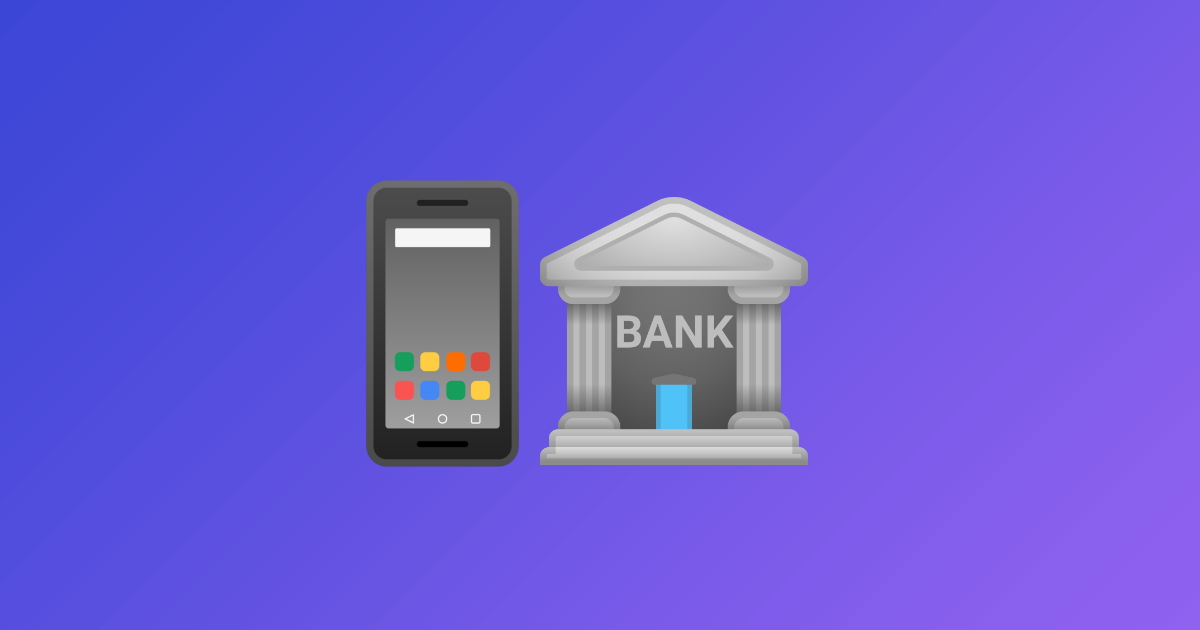У своїй колонці CEO fintech-компанії LeoGaming Альона Шевцова розповідає про головні виклики інтернет-банкінгу
В останні роки ми часто обговорюємо успіх, перспективи, інноваційність, зручність цифрового банкінгу. Ми користуємося ним, а кращі рішення періодично з’являються в моєму блозі, який я намагаюся вести як нерекламний майданчик. Проте, є і зворотна сторона медалі. Сьогодні ми звернемо увагу саме на неї. Цифровий банкінг надав людині не тільки великий спектр можливостей, але й ряд проблем, з якими звичайний користувач стикається щодня.
Цифрова грамотність та “технічний інтелект”
Почнемо з важливості “технологічного інтелекту” юзера. Взагалі, цікаво спостерігати за поведінкою людини в Інтернеті. Наприклад, за збентеженістю користувачів при відмові від імейл розсилки або ж отриманні шахрайського повідомлення про “виграш” у 1 000 000 грн. Дивно, що проживаючи у століття технологій, інтернету й того ж цифрового банкінгу, кількість шахрайських операцій все одно досить висока. Всьому причиною – нерозуміння технологічних процесів, які й є основою діджитал банкінгу. Користувачам стає важко, оскільки банки пропонують всі свої послуги за допомогою технологій і намагаються мінімізувати взаємодія через фізичні відділення, в той час, як деякі клієнти хочуть позбавитися онлайн-хаосу. Саме тому ми минулого року підтримували інформаційну кампанію регулятора “#ШахрайГудбай”, в рамках якої банки та НФУ доносили до клієнтів головні правила цифрової грамотності.
Режим “завжди онлайн” як норма роботи
Кожен раз, коли клієнт користується онлайн-сервісом, він або вона повністю залежать від стабільності та ефективності системи. Можливість доступу до облікових записів, звичайно, залежить від швидкості роботи Інтернету. Також, якщо сервери банку вийдуть з ладу або будуть тимчасово недоступні через планове технічне обслуговування, ви не зможете отримати онлайн або мобільний доступ до своєї банківської інформації. Продумати всі ці моменти, врахувати можливі ризики та збої, щоб їм запобігти – одна з найважливіших задач, яка лежить на fintech-бізнесі.
Довіра як актив
Також важливим фактором стає наша потреба в довірі та стабільності. За даними DataReportal 62.9% українців мають банківський аккаунт, 15% яких користуються цифровим банкінгом. Якщо ж ми подивимося на статистику Великобританії, одного з центрів високих технологій, то більше чверті (27%) дорослих британців відкрили рахунок в цифровому банку, що становить 14 мільйонів осіб (2021 рік). Але це як і раніше тільки чверть населення, і вона не обов’язково використовують їх в якості основного.
Потрібно розуміти, що ці 15% – це не просто клієнти, які мають доступ до інтернету та володіють одним з девайсів (ноутбук, смартфон) та економлять свій час на фінансовий менеджмент. Це ті, хто довіряють онлайн-сервісам. На щастя, цей відсоток зростає з кожним роком, а тому довіра в цій системі – найважливіший актив, адже інтернет-аудиторія в Україні набагато більша.
Звичайно, більшість людей вважають, що вони можуть довіряти додаткам або онлайн-сервісу, якщо ці сервіси належать їх надійному стабільному банку. Довіра будується через доступ, тому варто сформулювати універсальну стратегію успіху. На кожне зручне технічне рішення має бути “людська” відповідь, наприклад, у вигляді техпідтримки, якій можна не тільки дзвонити, але й написати в месенджер. Які будуть на зв’язку, навіть коли клієнт за кордоном, та які зможуть вирішити нестандартну проблему, не описану в Q&A розділі. Саме такий рівень сервісу заради зростання довіри та створюють fintech-проекти.
The downside of digital banking, or what difficulties the user faces
In recent years, we have often discussed the success, prospects, innovation, convenience of digital banking. We use it, and the best solutions periodically flash on my blog, which I try to keep as a non-advertising platform. However, there is also the downside of digital banking. Today we will pay attention to it. Digital banking has provided a person not only with a wide range of possibilities, but also with a number of problems that the average user faces every day.
Digital literacy and “technical intelligence”
Let’s start with the importance of the user’s “technical intelligence”. In general, it is interesting to observe human behavior on the Internet. For example, the puzzlement of users when they want to cancel the email subscription or when they receive a fraudulent message about “winning” UAH 1,000,000. Surprisingly, living in the age of technology, the Internet and the same digital banking, the number of fraudulent transactions is still quite high. The whole reason is a lack of understanding of technical processes, which are the basis of digital banking. It is becoming difficult for users as banks offer all of their services through technology and try to minimize interactions through physical branches, while some customers want to get rid of the online chaos. That is why last year we supported the information campaign of the regulator #ShakhraiGudbay, within the framework of which banks and NBFIs conveyed the main rules of digital literacy to their clients.
“Always online” as a standard of work
Every time a customer uses an online service, he or she is completely dependent on the stability and efficiency of the system. The ability to access accounts, of course, depends on the speed of the Internet. Likewise, if the bank’s servers go down or are temporarily unavailable due to scheduled maintenance, you will not be able to access your banking information online or mobile. Thinking down all these points, taking into account possible risks and failures in order to prevent them is one of the most important tasks that lies with the fintech business.
Trust as an asset
Our need for trust and stability is also an important factor. According to DataReportal, 62.9% of Ukrainians have a bank account, 15% of whom use digital banking. If we look at the statistics of the UK, one of the centers of high technology, then more than a quarter (27%) of British adults have opened a digital bank account, which is 14 million people (2021). But that’s still only a quarter of the population, and they don’t necessarily use it as their primary.
You need to understand that these 15% are not just clients who have access to the Internet and own one of the devices (laptop, smartphone) and save their time on financial management. These are the ones who trust online services. Fortunately, this percentage is growing every year, and therefore trust in this system is the most important asset, because the Internet audience in Ukraine is much larger.
Of course, most people believe that they can trust an app or online service as long as those services are from their trusted stable bank. Trust is built through access, so we should probably formulate this universal strategy for success. Therefore, for every convenient technical solution there must be a “human” answer, for example, in the form of technical support, which you can not only call, but also write to the messenger. Who will be in touch even when the client is abroad and who will be able to solve a non-standard problem not described in the Q&A section. Fintech projects create exactly this level of service for the sake of increasing trust.



